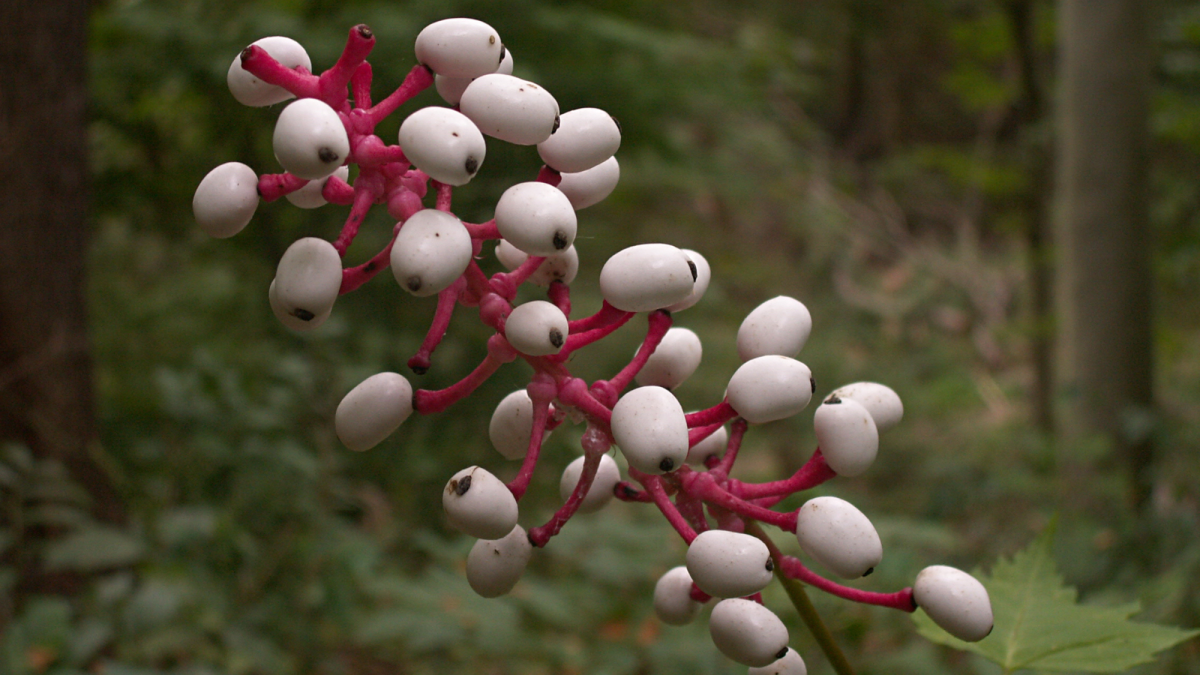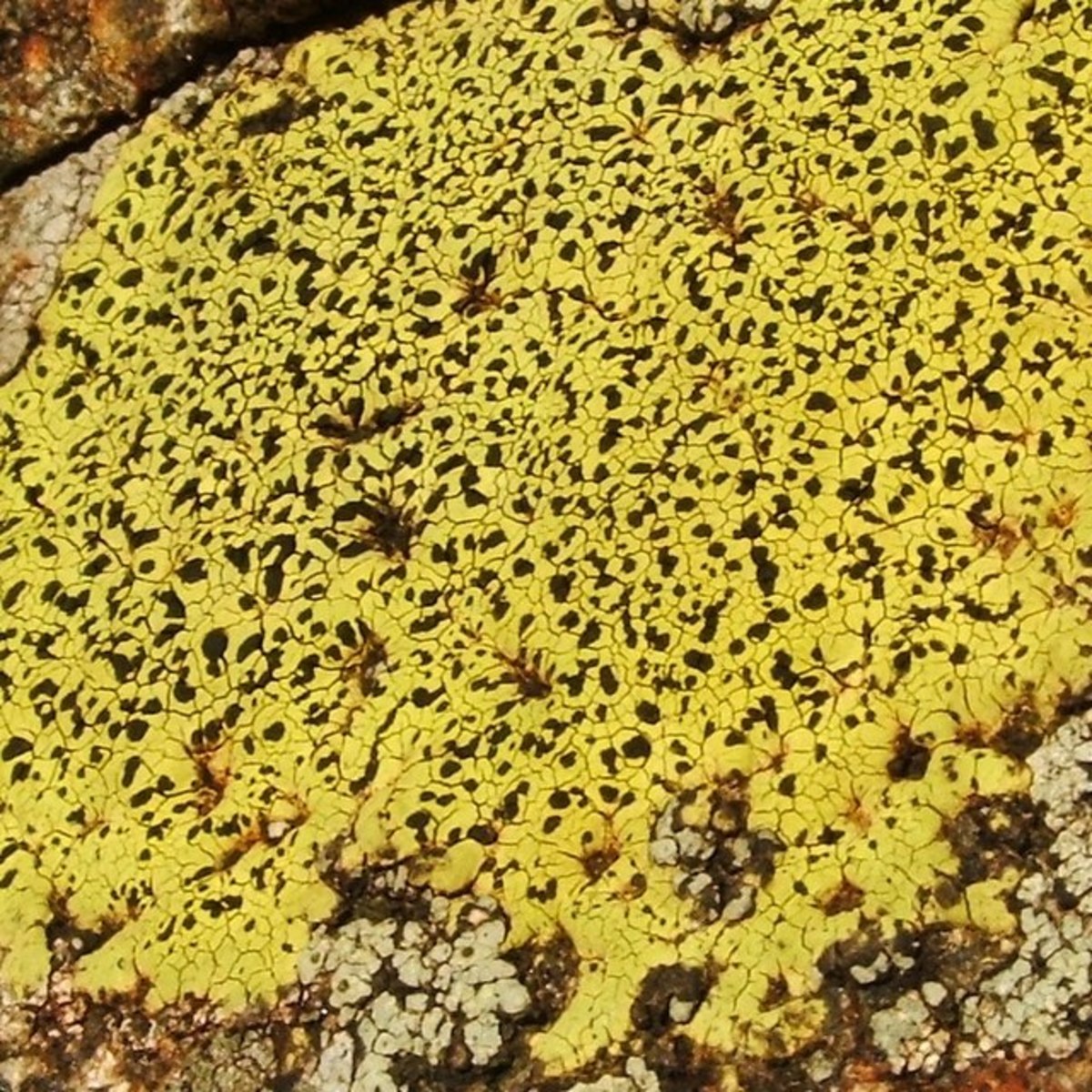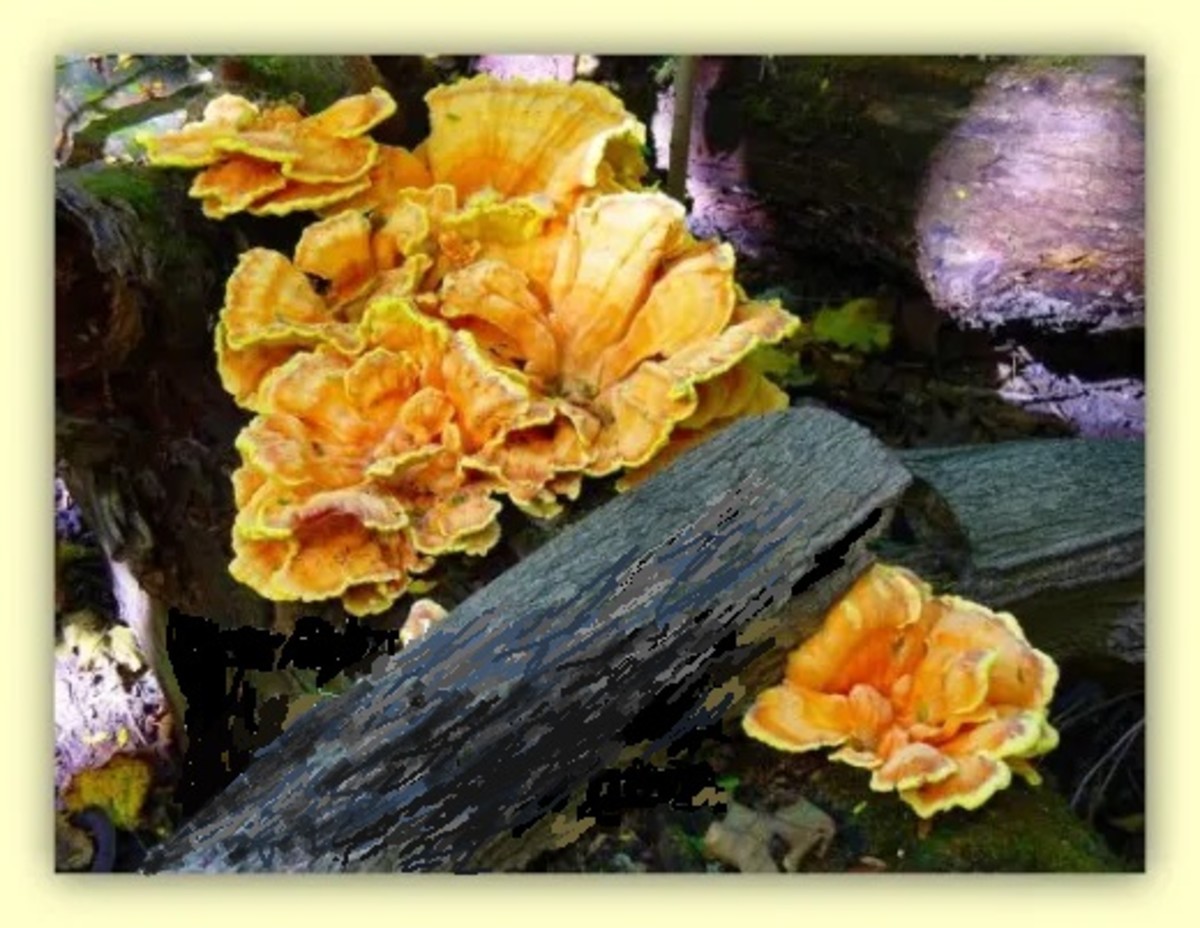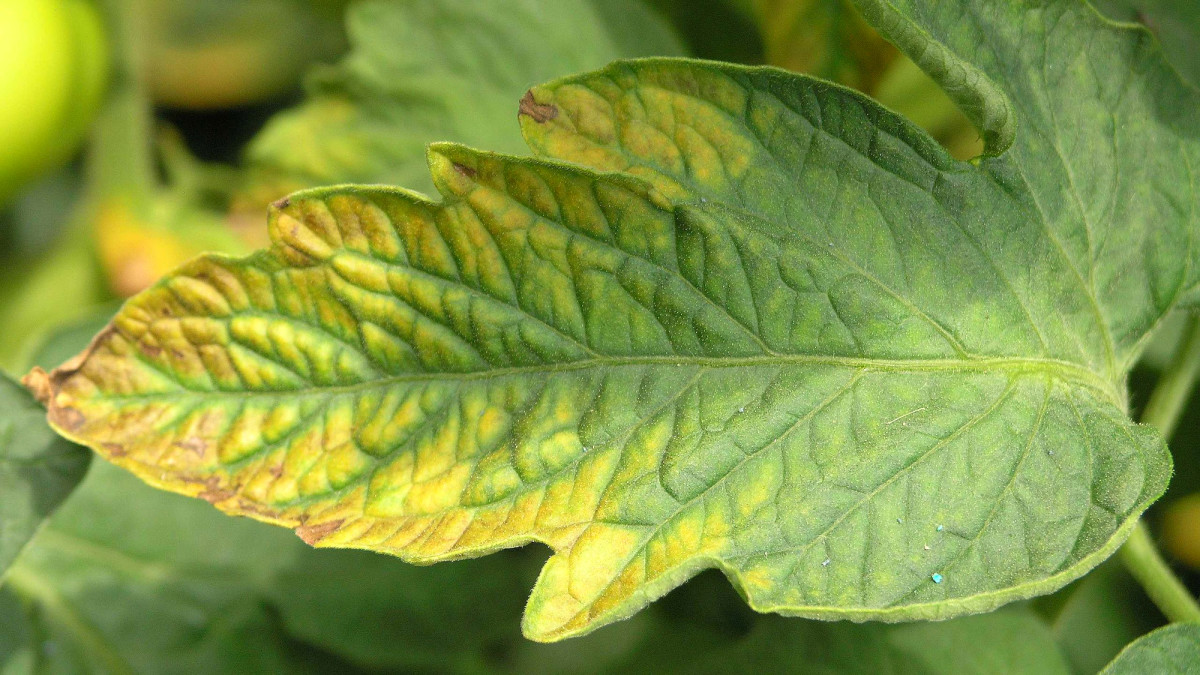Fungi and Its Use
What is Fungi...?
Nature is much more beautiful than our imagination, all living species and everything is just because of nature. Nature have a wide range of different types of plant species if we talk about plants. we all knew human being and other animals are survive on Earth because of presence of plants, as plant release oxygen gas which is most important for existence of Humans and Animals, we are completely depends on plants for oxygen, for food, for environment balance and more. Different plants use as commercial plant to make commercial products like Roses for perfume, Aloe-Vera for medicinal products, etc. Fungi is a kind of plant, but Fungi do not have Green pigment which called chlorophyll pigment. chlorophyll pigment makes the leaves, and often the stems, of other plants look green. Instead, fungi usually appear brown, red, gold or violet, like many of those shown here.
Green plants use chlorophyll to trap the energy which comes from sunlight, and then use this energy to combine water from the soil and a gas in the air called carbon dioxide, to manufacture food for themselves. Because fungi do not have chlorophyll, they must obtain their food as animals do, in other words, ready- made. To do this, most fungi live on dead or de-carrying plant and animal remains and use these remains as food. Fungi which do this are called saprophytes. Other fungi feed on living plants and animals, and they are called parasites. Some fungi can live on either dead or living tissue.
There are many different kinds of fungi the world use, the ‘mould’ that we often see on old bread is really a fungus. Athlete`s foot which some people suffer from is caused by a fungus, and of course the familiar mushrooms and toadstools that we often see in woods and fields are part of a fungus, the part called a fruiting body. Mushrooms and toadstools usually appear in late summer and early autumn. For most of the year the fungus exists underground, or hidden among dead tree trunks, as a mass of thin, thread like tubes called a mycelium. As the weather becomes damper, some of the threads of the mycelium join together and sprout upwards, forming the fruiting body.
Different Types of Fungi...!
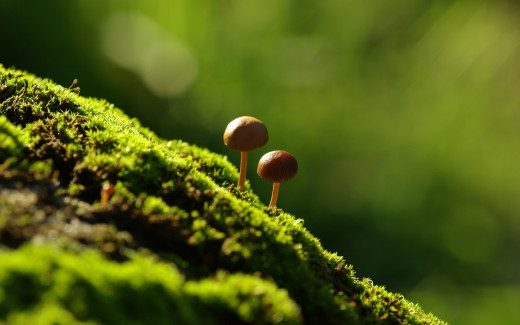
How do fungi reproduce themselves..?
As we knew reproduction is the basic and most important process in continuity of nature, so let`s see how fungi do that. Under the top part of a mushroom or toadstool (the part called the cap) there are usually lots of thin, delicate folds called gills. Within the gills, millions of spores, which look like tiny specks of dust, are formed. When ripe, these spores drop from the gills and are carried away. Many land in places where they cannot grow into a new fungus, but those that are successful in landing in a suitable place, start to sprout into a new mycelium. Once all the spores are shed, the fruiting body begins to wither and die. Not all fungi produce spores in a cap with gills, however. Some have tiny tubes hanging down in which the spores are produced and others, like the puffball, produce spores in a vase-shaped structure which has a hole in the top. If a splash of rain lands on the side of the ‘vase’, this is enough to send millions of spores out into the air in a yellow cloud. Another fungus, the stinkhorn, produces a very unpleasant smell (you may have noticed this if you have ever been near one). Although this smell is unpleasant to us, it is attractive to insects such as flies which come and land on the cap. As they do so, masses of the stinkhorn`s spores, which are all over the cap, stick to the insects’ bodies, and are thus carried away. When the spores fall from the fly, they are able to colonise new ground and form a mycelium. The cap fungus produces its spores in long sacs inside the cap, and when ripe, the spores are suddenly released and shoot out.
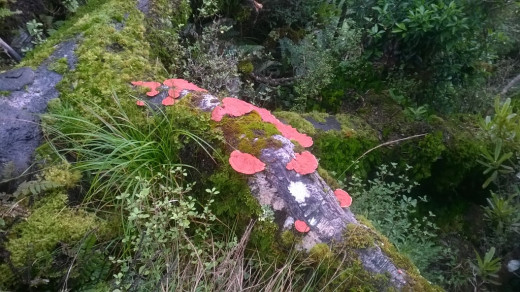
How do you make a spore print..?
To make a spore print, you need to find a mushroom or toadstool which has gills under the cap. Carefully remove the cap from the stem (or stipe) and place it, gills downward, onto a piece of clean white paper. Leave the cap undisturbed on the paper for a day or so. When you take the cap off the paper, you will see a pattern, which has been formed by thousands and thousands of sores falling from gills onto the paper.

